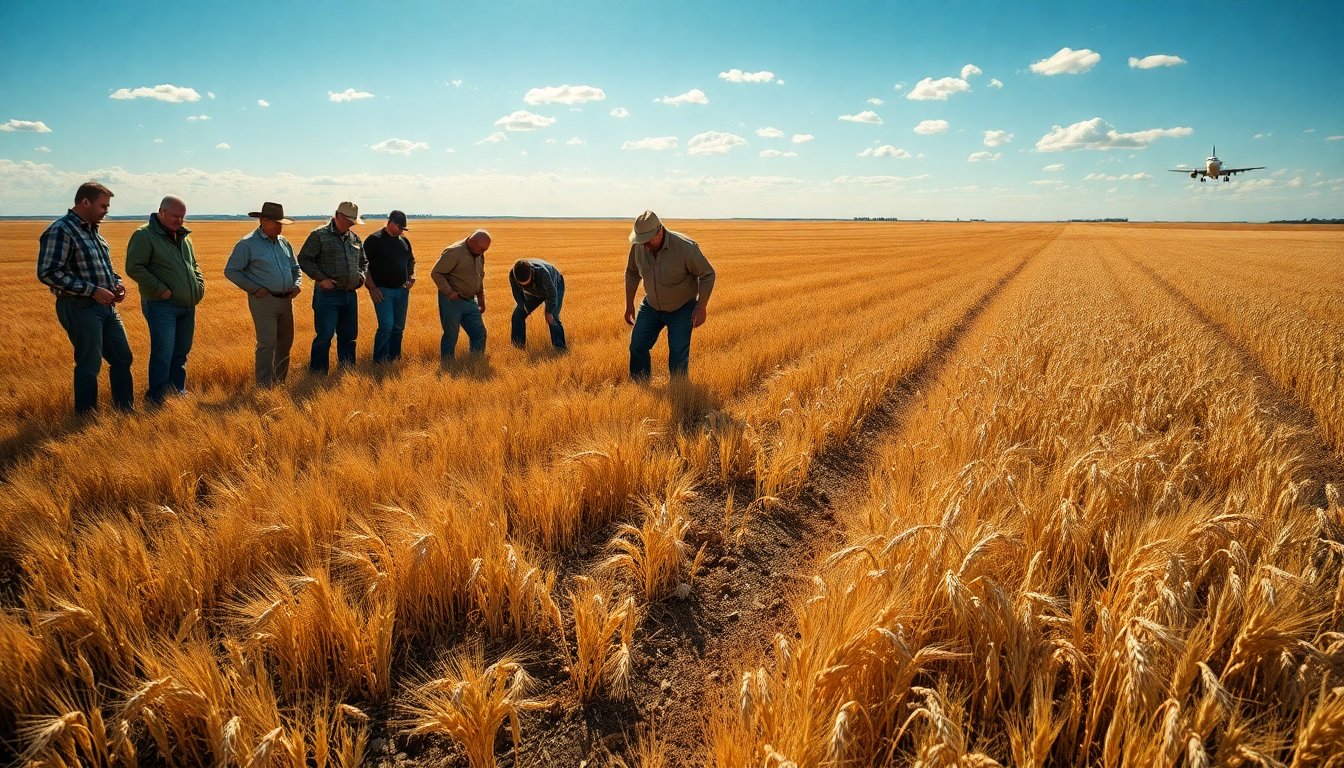Table of Contents
Saskatchewan recently experienced another incident of space debris re-entering the atmosphere. Just over a year ago, remnants from a SpaceX mission landed in the province. Last week, fragments from a Starlink satellite were observed streaking across the sky. Experts, including Samantha Lawler, an associate professor of astronomy at the University of Regina, are advising local residents, particularly farmers, to keep an eye out for any debris that may have reached the ground.
Lawler highlighted the increasing frequency of such events, stating, “It’s becoming more common.” She attributes this trend to the unique geographical position of southern Prairie regions, which lie beneath some of the densest satellite orbits. Consequently, Saskatchewan is particularly susceptible to witnessing dramatic re-entries.
Understanding space debris
The Canadian Space Agency (CSA) has acknowledged the recent re-entry, working with national and international partners to monitor these occurrences. A CSA spokesperson noted, “While we have not confirmed any debris has reached the ground, we remain focused on public safety and the concerns that arise with re-entering space objects.”
The Starlink satellites
Re-entries of Starlink satellites are not unusual, as these devices operate in low Earth orbit, typically below 600 kilometers. SpaceX has indicated that atmospheric drag can lead to the deorbiting of satellites within about five years, especially if they malfunction while in orbit. As of now, astronomer Jonathan McDowell reports that approximately 8,543 Starlink satellites are in orbit, with only 16 currently inactive.
Historical context and recent incidents
This incident is not the first involving SpaceX technology landing in Canada. In May of the previous year, the CSA investigated debris found on a farm northwest of Regina. Experts suggested this debris was likely associated with a SpaceX spacecraft that re-entered the atmosphere in February, which was later collected by the company in accordance with international regulations.
Globally, similar events have been reported. For example, in March, a piece of space debris crashed through a Florida residence, while another fragment was found on farmland in Australia in 2022. More recently, in January, a significant piece measuring approximately 2.5 meters in diameter and weighing around 500 kg was discovered in a village in southern Kenya, believed to be part of a rocket.
Assessing risks and safety measures
As of December 20, 2023, approximately 36,000 objects were orbiting Earth at low altitudes. While the risk of space debris causing harm to individuals on the ground remains low, regulatory measures are in place to mitigate such risks. For instance, launches in the United States follow the Orbital Debris Mitigation Standard Practices, which require that the risk of fatality from a re-entering rocket body remain below a one-in-1,000 threshold.
Most materials incinerate upon re-entry, but there remains a slight chance that some pieces can survive the descent. Lawler reassured the public, stating, “The likelihood of being struck by space debris is extremely low. However, each re-entry is akin to rolling the dice, and eventually, there may be an incident where someone is harmed.”
International regulations and future considerations
The Outer Space Treaty provides a framework for international space law, outlining responsibilities for countries regarding space activities. This treaty mandates that nations are accountable for any damage caused by their space objects, whether governmental or private.
Despite the low risk of space debris causing injuries, the CSA remains committed to enhancing tracking, prediction, and mitigation strategies. They express dedication to collaborating with global partners to ensure safe and sustainable space exploration.
Lawler highlighted the increasing frequency of such events, stating, “It’s becoming more common.” She attributes this trend to the unique geographical position of southern Prairie regions, which lie beneath some of the densest satellite orbits. Consequently, Saskatchewan is particularly susceptible to witnessing dramatic re-entries.0


